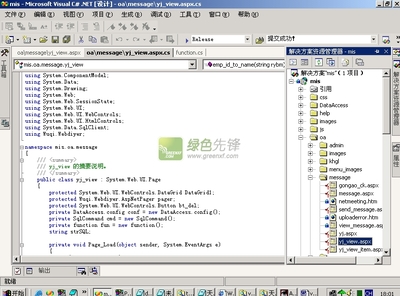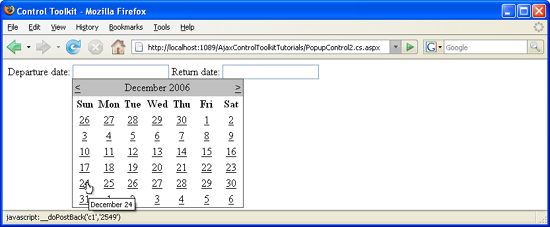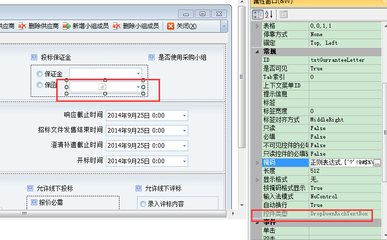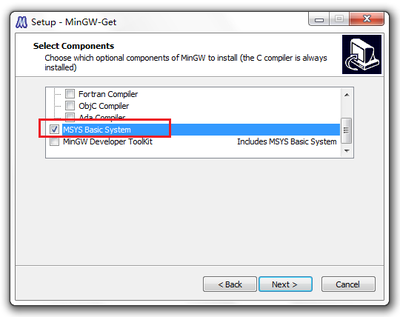#include <stdlib.h>
#include <stddef.h>
#include <stdarg.h>
#include <string.h>
#include <assert.h>
#include <hiredis/hiredis.h>
void doTest()
{
int timeout = 10000;
struct timeval tv;
tv.tv_sec = timeout / 1000;
tv.tv_usec = timeout * 1000;
//以带有超时的方式链接Redis服务器,同时获取与Redis连接的上下文对象。
//该对象将用于其后所有与Redis操作的函数。
redisContext* c = redisConnect((char*)"127.0.0.1", 6379);
if (c->err) {
redisFree(c);
return;
}
const char* command1 = "set stest1 value9";
redisReply* r = (redisReply*)redisCommand(c,command1);
//需要注意的是,如果返回的对象是NULL,则表示客户端和服务器之间出现严重错误,必须重新链接。
//这里只是举例说明,简便起见,后面的命令就不再做这样的判断了。
if (NULL == r) {
redisFree(c);
return;
}
//不同的Redis命令返回的数据类型不同,在获取之前需要先判断它的实际类型。
//至于各种命令的返回值信息,可以参考Redis的官方文档,或者查看该系列博客的前几篇
//有关Redis各种数据类型的博客。:)
//字符串类型的set命令的返回值的类型是REDIS_REPLY_STATUS,然后只有当返回信息是"OK"
//时,才表示该命令执行成功。后面的例子以此类推,就不再过多赘述了。
if (!(r->type == REDIS_REPLY_STATUS && strcasecmp(r->str,"OK") == 0)) {
printf("Failed to execute command[%s].n",command1);
freeReplyObject(r);
redisFree(c);
return;
}
//由于后面重复使用该变量,所以需要提前释放,否则内存泄漏。
freeReplyObject(r);
printf("Succeed to execute command[%s].n",command1);
const char* command2 = "strlen stest1";
r = (redisReply*)redisCommand(c,command2);
if (r->type != REDIS_REPLY_INTEGER) {
printf("Failed to execute command[%s].n",command2);
freeReplyObject(r);
redisFree(c);
return;
}
int length = r->integer;
freeReplyObject(r);
printf("The length of 'stest1' is %d.n",length);
printf("Succeed to execute command[%s].n",command2);
const char* command3 = "get stest1";
r = (redisReply*)redisCommand(c,command3);
if (r->type != REDIS_REPLY_STRING) {
printf("Failed to execute command[%s].n",command3);
freeReplyObject(r);
redisFree(c);
return;
}
printf("The value of 'stest1' is %s.n",r->str);
freeReplyObject(r);
printf("Succeed to execute command[%s].n",command3);
const char* command4 = "get stest2";
r = (redisReply*)redisCommand(c,command4);
//这里需要先说明一下,由于stest2键并不存在,因此Redis会返回空结果,这里只是为了演示。
if (r->type != REDIS_REPLY_NIL) {
printf("Failed to execute command[%s].n",command4);
freeReplyObject(r);
redisFree(c);
return;
}
freeReplyObject(r);
printf("Succeed to execute command[%s].n",command4);
const char* command5 = "mget stest1 stest2";
r = (redisReply*)redisCommand(c,command5);
//不论stest2存在与否,Redis都会给出结果,只是第二个值为nil。
//由于有多个值返回,因为返回应答的类型是数组类型。
if (r->type != REDIS_REPLY_ARRAY) {
printf("Failed to execute command[%s].n",command5);
freeReplyObject(r);
redisFree(c);
//r->elements表示子元素的数量,不管请求的key是否存在,该值都等于请求是键的数量。
assert(2 == r->elements);
return;
}
int i;
for (i = 0; i < r->elements; ++i) {
redisReply* childReply = r->element[i];
//之前已经介绍过,get命令返回的数据类型是string。
//对于不存在key的返回值,其类型为REDIS_REPLY_NIL。
if (childReply->type == REDIS_REPLY_STRING)
printf("The value is %s.n",childReply->str);
}
//对于每一个子应答,无需使用者单独释放,只需释放最外部的redisReply即可。
freeReplyObject(r);
printf("Succeed to execute command[%s].n",command5);
printf("Begin to test pipeline.n");
//该命令只是将待发送的命令写入到上下文对象的输出缓冲区中,直到调用后面的
//redisGetReply命令才会批量将缓冲区中的命令写出到Redis服务器。这样可以
//有效的减少客户端与服务器之间的同步等候时间,以及网络IO引起的延迟。
//至于管线的具体性能优势,可以考虑该系列博客中的管线主题。
/* if (REDIS_OK != redisAppendCommand(c,command1)
|| REDIS_OK != redisAppendCommand(c,command2)
|| REDIS_OK != redisAppendCommand(c,command3)
|| REDIS_OK != redisAppendCommand(c,command4)
|| REDIS_OK != redisAppendCommand(c,command5)) {
redisFree(c);
return;
}
*/
redisAppendCommand(c,command1);
redisAppendCommand(c,command2);
redisAppendCommand(c,command3);
redisAppendCommand(c,command4);
redisAppendCommand(c,command5);
redisReply* reply = NULL;
//对pipeline返回结果的处理方式,和前面代码的处理方式完全一直,这里就不再重复给出了。
if (REDIS_OK != redisGetReply(c,(void**)&reply)) {
printf("Failed to execute command[%s] with Pipeline.n",command1);
freeReplyObject(reply);
redisFree(c);
}
freeReplyObject(reply);
printf("Succeed to execute command[%s] with Pipeline.n",command1);
if (REDIS_OK != redisGetReply(c,(void**)&reply)) {
printf("Failed to execute command[%s] with Pipeline.n",command2);
freeReplyObject(reply);
redisFree(c);
}
freeReplyObject(reply);
printf("Succeed to execute command[%s] with Pipeline.n",command2);
if (REDIS_OK != redisGetReply(c,(void**)&reply)) {
printf("Failed to execute command[%s] with Pipeline.n",command3);
freeReplyObject(reply);
redisFree(c);
}
freeReplyObject(reply);
printf("Succeed to execute command[%s] with Pipeline.n",command3);
if (REDIS_OK != redisGetReply(c,(void**)&reply)) {
printf("Failed to execute command[%s] with Pipeline.n",command4);
freeReplyObject(reply);
redisFree(c);
}
freeReplyObject(reply);
printf("Succeed to execute command[%s] with Pipeline.n",command4);
if (REDIS_OK != redisGetReply(c,(void**)&reply)) {
printf("Failed to execute command[%s] with Pipeline.n",command5);
freeReplyObject(reply);
redisFree(c);
}
freeReplyObject(reply);
printf("Succeed to execute command[%s] with Pipeline.n",command5);
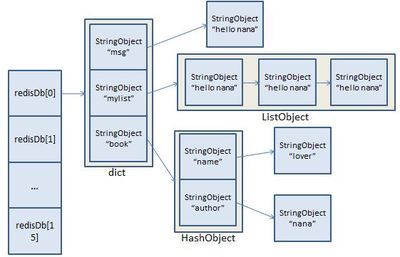
//由于所有通过pipeline提交的命令结果均已为返回,如果此时继续调用redisGetReply,
//将会导致该函数阻塞并挂起当前线程,直到有新的通过管线提交的命令结果返回。
//最后不要忘记在退出前释放当前连接的上下文对象。
redisFree(c);
return;
}
int main()
{
doTest();
return 0;
}
 爱华网
爱华网